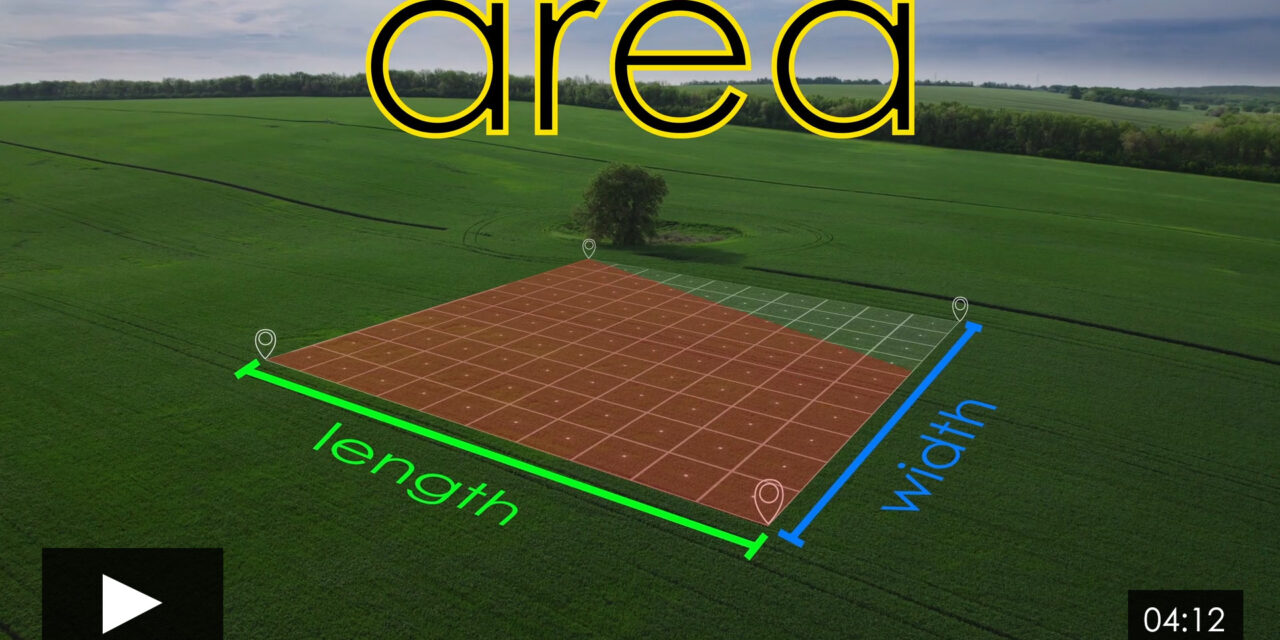This is the second of three episodes in our new real estate mathematics series. Here, we apply percentages and fractions to California real estate principles.
The prior episode covers land measurements and provides actionable guidance to aspiring agents and brokers preparing for the State Exam.
Percentages
A percentage needs to be converted to a decimal before any mathematical computations can be completed. This is a conversion financial calculators are preprogrammed to make.
When converting percentages to decimals, the basic rule to follow is to move the decimal point two spaces to the left.
Examples:
50% = 0.5
3% = 0.03
115% = 1.15
Alternatively, to convert a decimal to a percentage, move the decimal point two spaces to the right.
Examples:
1.43 = 143%
0.03 = 3%
0.5 = 50%
Fractions converted
As the use of a calculator is allowed while taking the DRE state licensing exam, it is beneficial to convert all fractions to decimals and then use the calculator to complete the computations.
A fraction is composed of a numerator and a denominator. The number on the top of the fraction is the numerator and the number on the bottom is the denominator.
When converting a fraction into a decimal, divide the numerator (the number on top) by the denominator (the number on the bottom).
Examples:
4/5 = 0.8
1/2 = 0.5
3/4 = 0.75
3/100 = 0.03
667/100 = 6.67
Basic formulas for area
The formula for an area of a rectangle is most often used in land measurement. The area of a rectangle equals length multiplied by width, the result being the number of square feet within the parcel.
A = L x W
Another critical formula is the area of a triangle. This formula is used when determining the area of a triangular shaped lot.
The area of a triangle equals its base multiplied by its height divided by two.
A = (B x H) / 2
Percentage formula
The percentage formula is a basic calculation used in real estate mathematics. It is typically used to determine the amount of a broker’s fee on a transaction.
As compensation for services, a broker is entitled to a broker’s fee typically stated as a percentage of the:
- sales price;
- loan amount; or
- total rents.
The percentage formula is easily converted to suit a variety of situations. On the state licensing exam, usually two of the three variables will be known, leaving the third to be determined.
Understanding the basic formula makes solving problems a question of mechanics.
The percentage formula is as follows:
Fee = Percent (%) x Principal
Percent (%) = the rate charged.
Principal (P) = the dollar amount of the price, loan or rents.
Given the basic formula and two of the three variables, solutions are determined as follows:
- To determine the fee, multiply the principal by the rate (P x %).
- To determine the rate, divide the fee by the principal (Fee / P).
- To determine the principal, divide the fee by the rate (Fee / %).
Editor’s note – Stay tuned. A new episode of this series will release each week.














